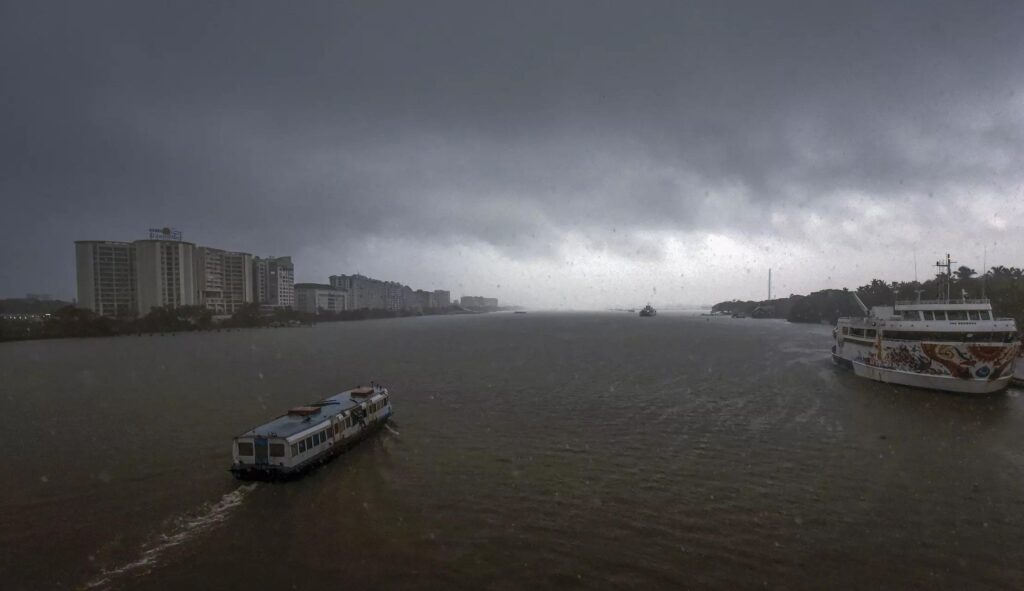The monsoon, which is crucial for India’s economy, has arrived in Kerala two days earlier than usual, along with most parts of northeast India on Thursday. The India Meteorological Department (IMD) has confirmed that all the necessary criteria for the onset of monsoon have been met in the southern state over the past two days. Last year, the monsoon arrived in Kerala seven days later than its typical arrival date.
The declaration of monsoon onset in Kerala is made when at least 60% of the 14 designated stations – Minicoy, Amini, Thiruvananthapuram, Punalur, Kollam, Allapuzha, Kottayam, Kochi, Thrissur, Kozhikode, Thalassery, Kannur, Kudulu, and Mangalore – record rainfall of 2.5mm or more for two consecutive days after May 10, provided that the wind pattern is south-westerly and the Outgoing Longwave Radiation (OLR) is low. OLR refers to the total radiation emitted by the atmosphere going into space or the degree of cloud cover.

June 1 is typically the designated date for the onset of the monsoon season in Kerala. Subsequently, the monsoon progresses northwards, often in surges, and encompasses the entire country by approximately July 15.
The monsoon typically advances over northeast India around June 5. This advancement occurs simultaneously with Kerala when the Bay of Bengal arm of the monsoon is active.
According to M Mohapatra, the director general of the IMD, the Bay of Bengal arm of the monsoon is currently highly active due to the influence of severe cyclone Remal. As a result, the monsoon flow has been drawn over the region, leading to extremely heavy rainfall in the northeastern states over the past two days.

The onset of the monsoon over Kerala serves as a significant indicator of the transition from a hot and dry season to a rainy season across the Indian mainland.
The monsoon brings relief from the scorching summer temperatures. It is worth noting that 51% of India’s farmed area, which accounts for 40% of production, relies on rain-fed agriculture, making the monsoon a critical factor.
Considering that 47% of the country’s population depends on agriculture for their livelihood, a prosperous monsoon directly correlates with a healthy rural economy.
In its long-range forecast on April 15, the IMD stated that monsoon rainfall over the country between June and September is expected to be “above normal” at 106% of the long-period average, with a model error of ± 5%.

